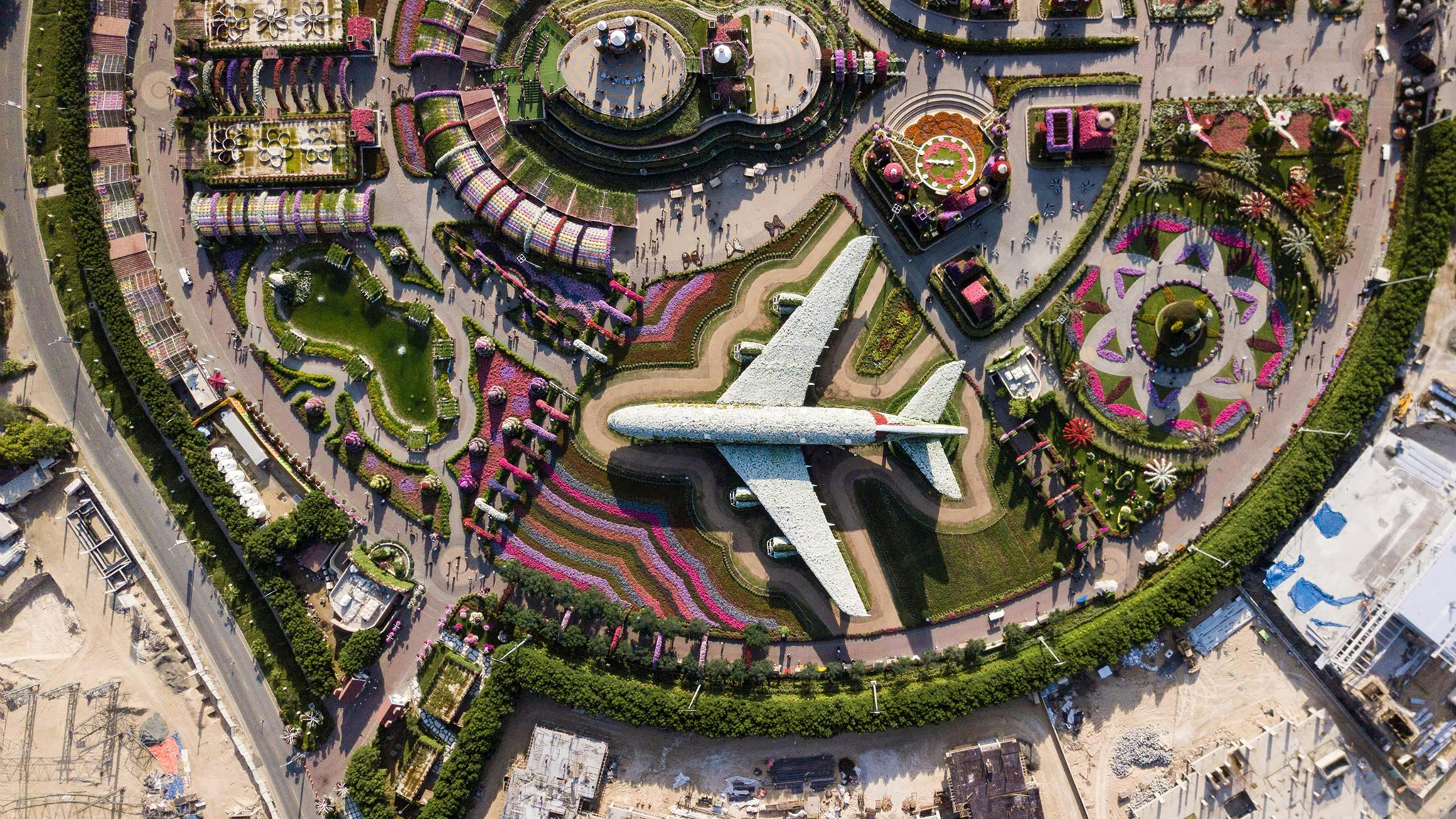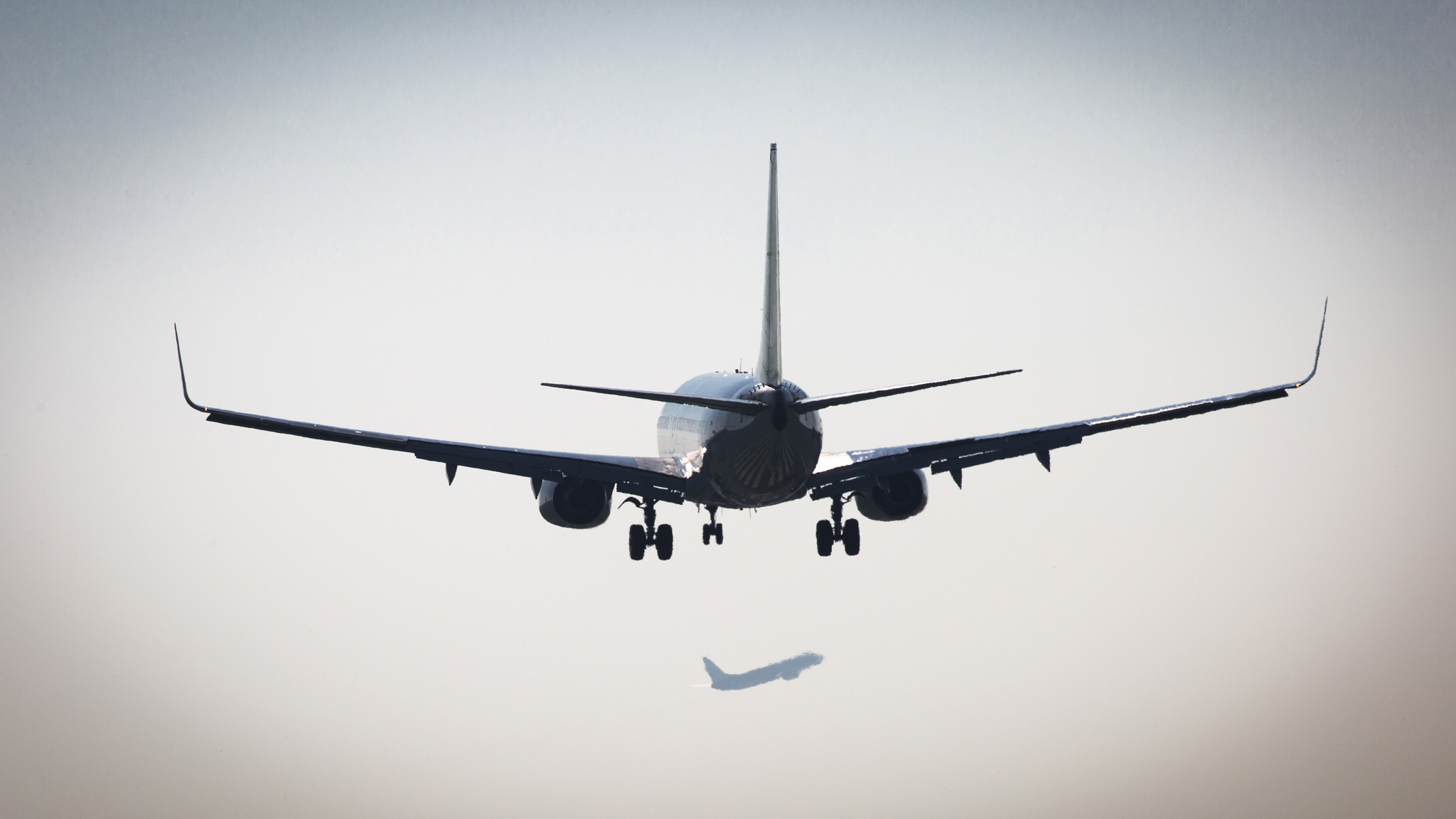On January 16th the Circularity Gap report 2023 was published, and its outcome was alarming and surprising at the same time. Over the past year, global circularity has shrunk to 7.2%. As a researcher in circular economy (CE), this is alarming as this number tells me that the potential for CE practices and approaches is still not being utilized as it should be.
Or maybe it is still largely unknown, despite so many industries and companies clearly signaling that they are actively transitioning to more sustainable products or businesses, with CE having been referred to over and over again as a critical enabler to sustainability. It is surprising, because my firsthand experience in the aviation sector has painted a different picture: the aviation sector seems to have finally understood the relevance of circular economy, and the entire sector is consciously looking at it and thinking about how to put it into practice.
An unexpected driver
It is unavoidable to mention that, sadly, the war in Ukraine provided a reason to discuss how CE could prevent the critical state of the aerospace materials supply chain and contribute to its resilience. The topic is high on the agenda of NLR partners, which are part of the aviation supply chain, but also of the Ministry of Defence. Better knowledge of the sources of aerospace materials (but also where components are manufactured) is necessary. First, this requires a detailed analysis of the materials and components flow, which takes place at companies and is supported by other research partners and universities. Once potential blocking points in the supply chain are identified, solutions to ensure the resilience of the supply chain need to be investigated. Those could range from replacing certain materials, to using additive manufacturing on site to avoid transport, to recycle materials within the aerospace sector, and not in downgrading activities as is presently done. Or, for example, by introducing digital product passports to critical components in order to keep track of the components themselves, but also of the materials in them.
NLR’s ambition
With its programme ‘Climate-neutral aviation’ NLR is helping the aviation industry to become climate neutral by 2050. This means that we need to consider the entire chain from manufacturing and use to recycling, using a holistic approach to lifecycle assessment. On top of that, the production and operation of aircraft must be part of a circular economy.
People involved in this particular NLR programme receive more and more questions and a vast interest from research partners about circular economy, from recycling to design for remanufacturing and reuse. Regarding the latter, NLR carried out a project together with VABO and the Province of Flevoland about circular design for composite components last year The project focused on reusing aerospace composite materials for an application in a different sector. In November last year, towards the end of the project, the closing event took place at the NLR location in Marknesse with 65 participants; a clear indication of topic’s relevance for various partners, ranging from material development companies to local government entities.
Joined forces
Still in the area of materials, composites and metal additive manufacturing, NLR has also advanced in the SUSTAINair project, together with other research partners. Having successfully built the consortium and completed initial research into solutions for circular aviation, SUSTAINair is igniting its next stage in 2023 and designing two demonstrators that will bring together the various findings and innovations to showcase their benefits in future production, operations, maintenance and end-of-life aspects. The SUSTAINair project gives the aviation sector a transition runway to a low-carbon, competitive economy while tackling the increase in resource consumption, waste and emissions along the entire aviation component value chain. The project was also a highlight during the ILA Berlin Air Show 2022 at the stand of the European Commission.
Next to research projects, NLR is also active in engaging with universities and students to develop basic research and educate the researchers of tomorrow. In this context, in 2022 NLR joined forces with Leiden-Erasmus-Delft Centre for Sustainability and created an Interdisciplinary Thesis Lab on Circular aviation, together with Irene Fernandez Villegas (TU Delft) and supported by Elise Blondel. Nine students investigated many different aspects of circularity in aviation, from procurement to passenger behaviour, but also looked into what skills are necessary and how the education curriculum should adapt to make sure the future professionals are ready for the challenges of circular economy in aviation.
Airports
In addition to materials and aircraft design, how exactly CE influences airports is also a topic of research. Last year, the TULIPS project started, in which NLR also participates. As part of this project, Royal Schiphol Group collaborated with knowledge partners such as TU Delft, Excess Material Exchange and Elioth by Egis, as well as with their partner airports Avinor (from Norway) and Hermes (from Cyprus) to create a circular airport environment. Based on circular design and value retention processes, both operational material flows (everyday residues from terminal, offices and aircraft) and infrastructural flows (construction/demolition) are topics they focus on.
Urban Air Mobility
Though the majority of the research activities focus on the current and future airplanes operating in the ‘normal’ aviation, it is not easy to adjust an existing system to a new way of functioning, as a true implementation of CE to aviation could entail. Interestingly, aviation tends to be a conservative industry, and that is the outcome of having become one of the safest ways to travel. Plus, margins in the aviation industry are very limited, so any major change takes place either very slowly, or only when unavoidable (when following new regulations, for example). I ended up discussing the difficulties I was facing with my colleagues from EREA Future Sky. The colleagues from DLR and ILOT working in Urban Air Mobility came up with the idea of investigating how an Urban Air Mobility system could possibly be designed in a circular (and sustainable) way from scratch. The idea was that perhaps UAM could be an easier way to experiment with sustainable and circular solutions which could then be translated in the ‘conventional’ aviation sphere. With that idea in mind, a workshop was organised at the 12th EASN conference in Barcelona in October 2022, during which Christian Eschmann (DLR), Marcello Kivel Mazuy (CIRA) and I guided the participants towards accounting for all challenges which will need to be tackled to make UAV and UAM circular.
Moreover, together with my colleague, R&D consultant Marta Tojal Castro, we wrote our thoughts in a paper presented at the TRA conference. For this research, we looked at how to define and assess if UAM is actually sustainable, and also considered circularity indicators.
To be or not to be
The topic of the paper links to a major challenge. Although all similar research projects are a step in the right direction, something is missing: how do we measure if what we are doing is actually (of effectively) circular or not? There are various tools, but none of them are yet ‘translated’ for the aviation industry. Until now, the only method used in aviation is ‘Life Cycle Assessment’ (LCA). LCA can be used to measure the impact of all sort of things -from single products to activities. For example, my colleague Rui Roosien, who works in the Sustainability and Environment department, lead a study to evaluate the environmental impact of different means of transportation. In this project, LCA’s were performed. Preliminary results were shared at the so-called TO2 day (an event to inform stakeholders about the added value of applied research), and the full report is expected shortly. And in SUSTAINair LCA is used to measure the difference in environmental impact between using virgin raw materials (composite or powders for additive manufacturing) and recycled materials.
The challenge with LCA is that it is a methodology allowing for a lot of freedom in setting up the analysis, including a lot of assumptions and interpretation of the results, next to limited availability of aerospace data. Also, the assumptions made are not always disclosed. So the risk is comparing results which should not really be compared to each other. The NLR colleagues working on it were not the only ones who noticed this and found it challenging. While discussing this within Future Sky Circular Aviation, my DLR colleague Kai Wicke mentioned that his colleagues were facing the same issue, so we decided to join forces. And talking about DLR the achievement of the year, in my view, was the signing of the Memorandum of Understanding (MoU) with them concerning Life Cycle Engineering towards a Circular Economy in the Air Transport System. One of the goals of the MoU is to have a joined clear vision on what tools and methods are necessary in the aviation sector for measuring and monitoring the impact of aviation on climate, planet, economy and society.
Within this MoU, DLR and NLR researchers have great ambitions in working towards a standardized approach for LCA for the aviation sector, accounting for life phases. And also looking at MRO practices targeting to keep aviation products in service as long as possible, by accounting not only economic impact but also environmental impacts, and as last to research how end-of-life aerospace components and materials could be retained in the aviation system and not downgraded as happens currently when aviation promotes that aircraft structures can be recycled up to 90% or more.
To achieve all these ambitious goals, DLR and NLR are initiating a series of workshops for experts from both organisations to exchange thoughts on their experiences with LCA. At the end of the year, we hope to have reached a set of common assumptions and a first idea of a common LCA approach, so that we are all doing the same thing and share and compare results.
Clear signal
So…will all this making aviation circular? Perhaps not yet, but it is a clear signal that the interest is there, and that circularity is now seen by the aviation sector as an important enabler to the transition into a sustainable future for aviation. To support this, it is necessary for aviation researchers to become more and more familiar with circular economy concepts. The message that ‘CE equals recycling’ is too limiting, not ambitious enough, and not in line with the ACARE’s Fly The Green Deal targets. There are big plans lined up in this direction… stay tuned!



